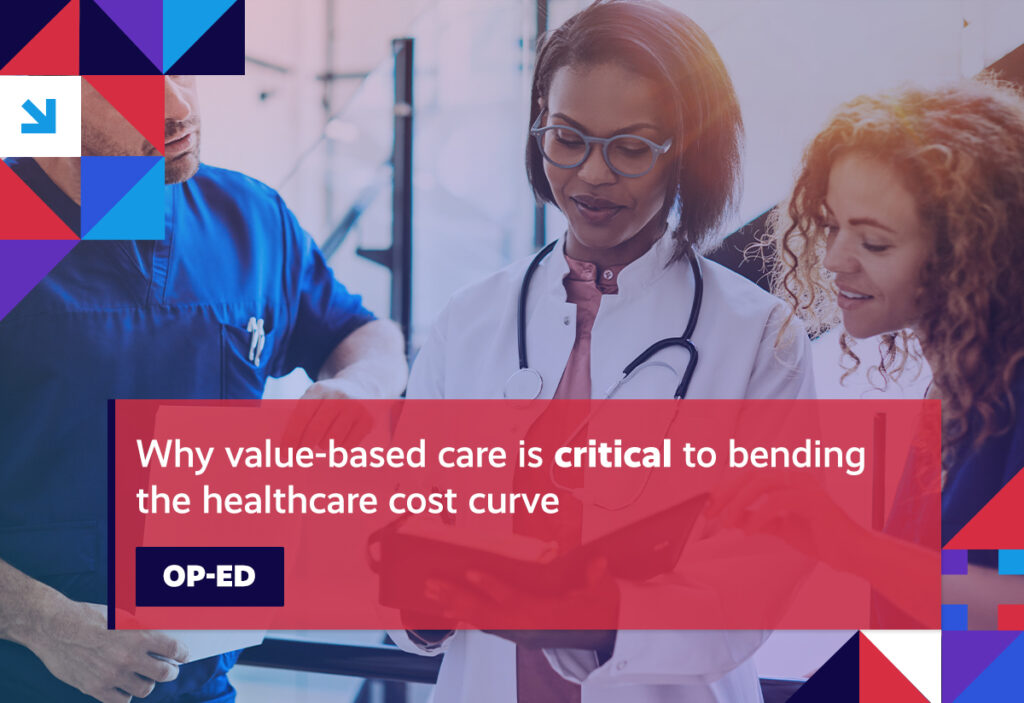Final rules protecting consumers from surprise medical bills are released; employer healthcare costs are projected to rise; the majority of hospitals still fail to comply with federal price transparency requirements; and, the Medicaid program has become a vital safety net for rural communities.
We encourage you to stay involved as implementation efforts surrounding healthcare reform progress. Visit the Health Action Network and be sure to let us know what’s on your mind.
Item of the Week

Week in Review
Surprise Medical Bills: The final rule governing how surprise medical billing payment disputes are to be determined going forward under the No Surprises Act was released earlier this month. While immediate reaction was mixed, there is residual concern that the finalized rule represents a somewhat watered-down version of the interim proposed rule by no longer making the median, in-network negotiated rate (referred to as the “qualifying payment amount” or QPA) the default in the independent dispute resolution (IDR) payment determination process. The final rule does maintain the QPA as a critical reference point, but makes allowances for other considerations, which many view as a concession to providers, generally, and the many lawsuits they brought against the No Surprises Act, specifically, challenging the initial rule detailing how the arbitration process was to be handled. Experts caution that inconsistencies in how the rule itself is applied by certified IDR entities will now result in further inefficiencies and greater unpredictability in how payment determinations are made in the absence of a consistent methodology for weighing the QPA against these other factors. These concerns are amplified by the status update simultaneously released with the final rule showing a substantially larger volume of disputes going to arbitration than had been initially estimated. The worry here is that an inconsistent IDR process creates conditions that are ripe for exploitation by unscrupulous providers attempting to be awarded payment amounts well in excess of market rates.

Employer Healthcare Costs: The average cost that employers in this country will pay for their employees’ healthcare is projected to rise by 6.5 percent next year, at least according to a recently released report issued by global professional services firm Aon. While that estimate is more than double the 3 percent increase employers saw this year, it’s still well below the 9.1 percent increase in the Consumer Price Index, a monthly measure of the average change over time in the prices paid by consumers for a market basket of goods and services. The data serves as an important reminder of what’s driving employer spending, namely, provider prices, with data showing that employers’ increased costs – which have only been exacerbated by hospital and physician practice consolidation – are largely attributable to rising prices and not an uptick in the utilization of services.
Hospital Price Transparency: In the immediate wake of federal hospital price transparency rules going into effect in January of 2021, compliance was anemic. Now, more than a year and a half later, not much has changed. In fact, according to a recent analysis, just 16 percent of hospitals are currently compliant with the rules, which require hospitals to post negotiated prices for at least 300 common medical services and procedures in consumer-friendly formats. The current rate of compliance is up slightly from February of this year, when only 14.3 percent of hospitals were found to be compliant, and nearly three times higher than at this time last year, when a paltry 5.6 percent of systems were making their prices available.
Medicaid: With nearly one-out-of-four individuals under the age of 65 living in rural areas now enrolled in Medicaid, it’s hard to ignore how vital a safety net the program has become in these communities. Research has established that rural residents face significant barriers to care, including higher poverty rates and lower rates of insurance that exacerbate health disparities. However, as the Medicaid program has expanded, enrollees and their communities have benefitted in a number of ways. In addition to improved health outcomes for patients, rural hospitals’ finances have been shown to stabilize, with state economies also being positively stimulated.
Spotlight

| You can keep up with the latest by following the Health Action Network on Twitter and by liking us on Facebook. And, be sure to check us out on LinkedIn, too. As always, let us know if there’s something you’d like to see covered in a future newsletter. |
